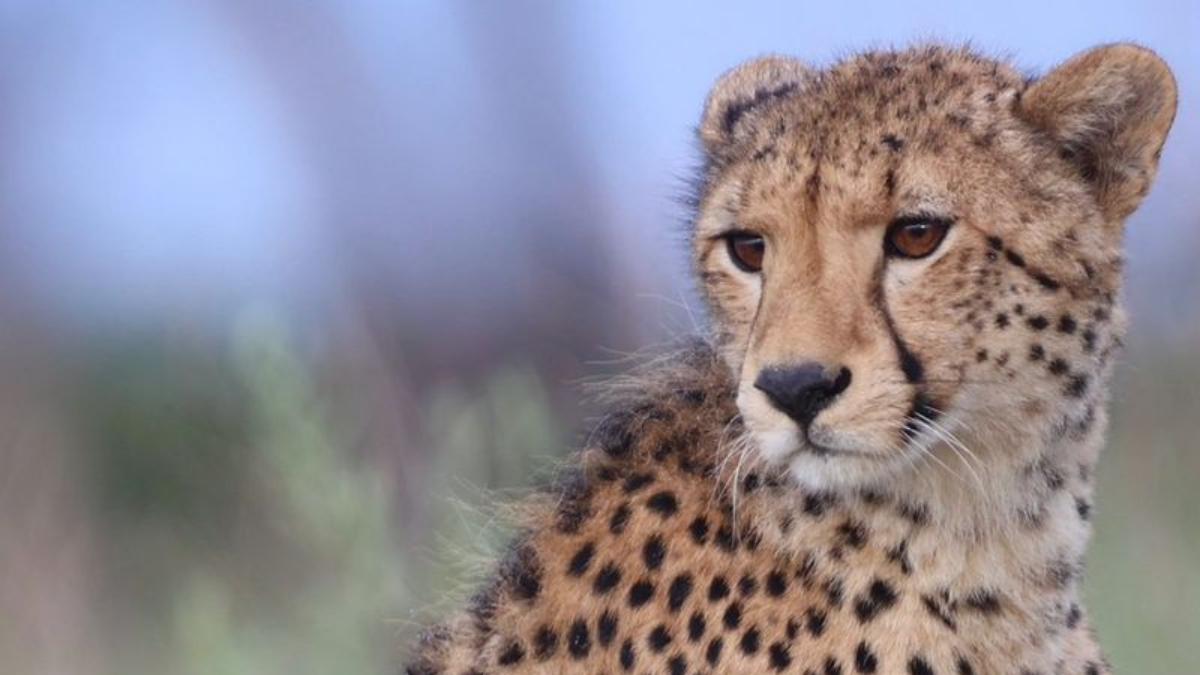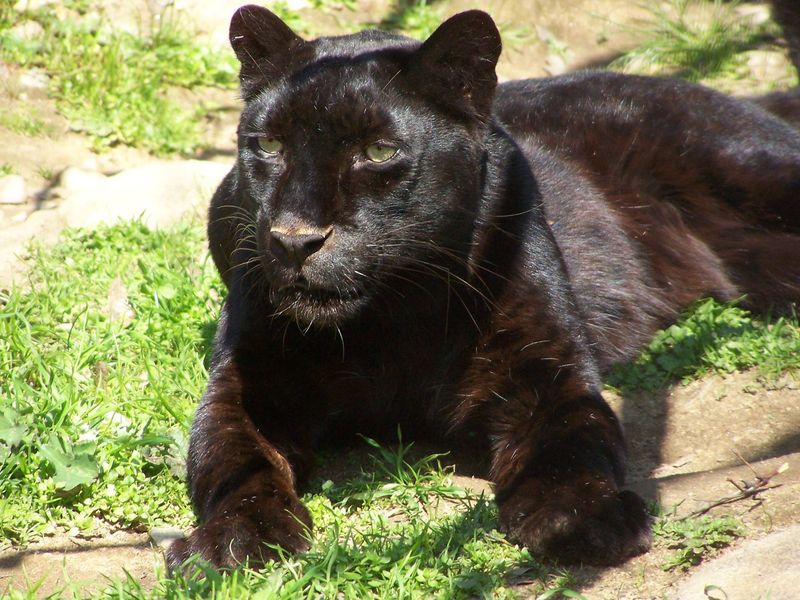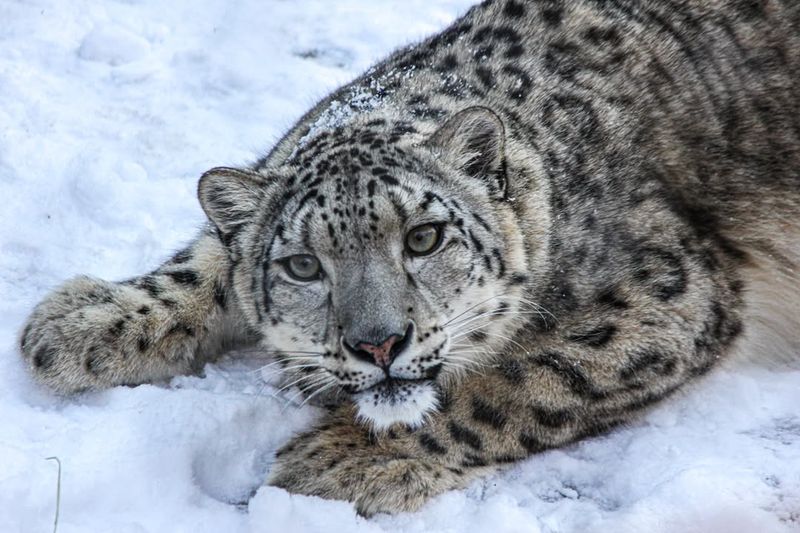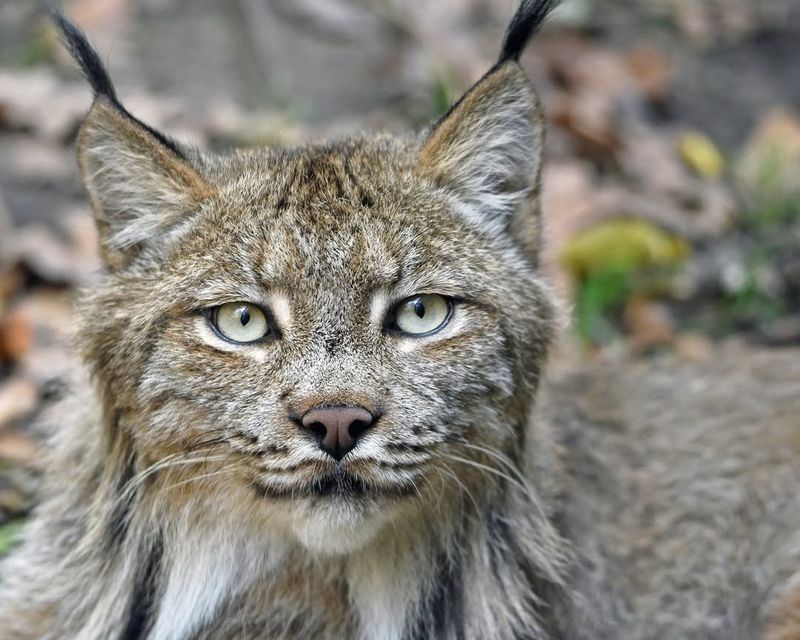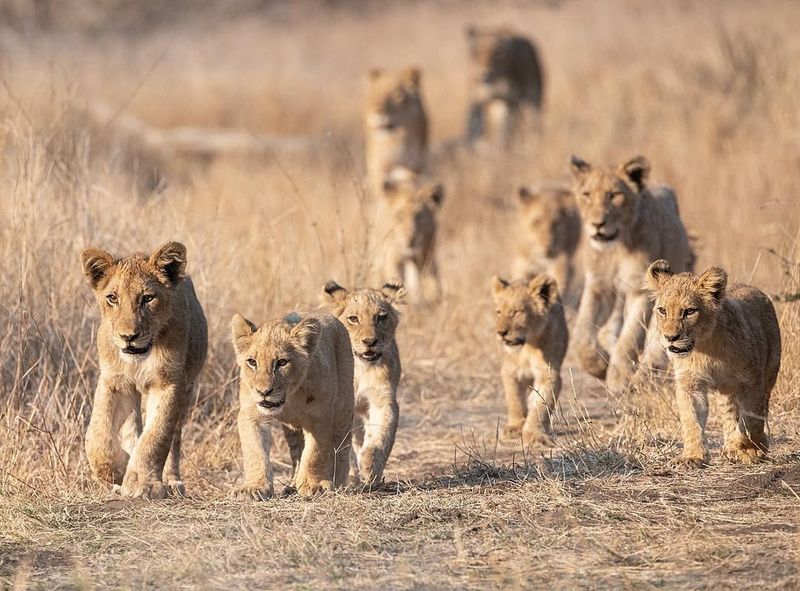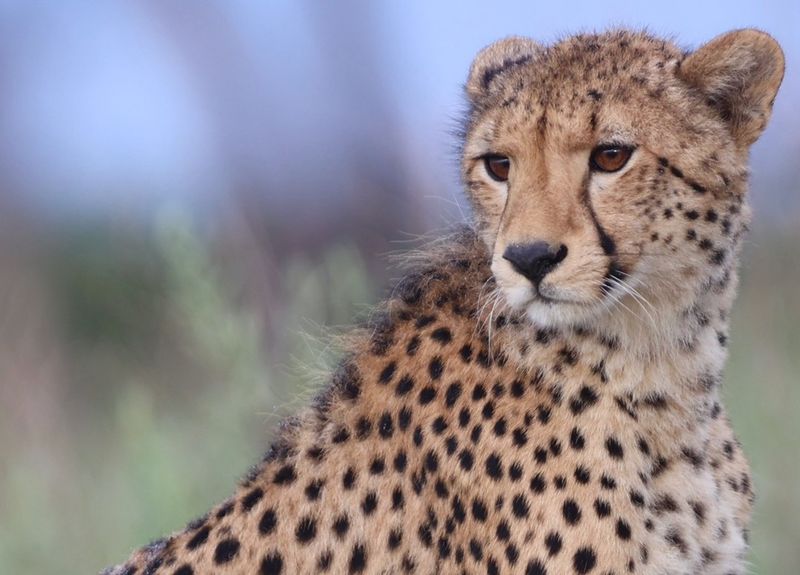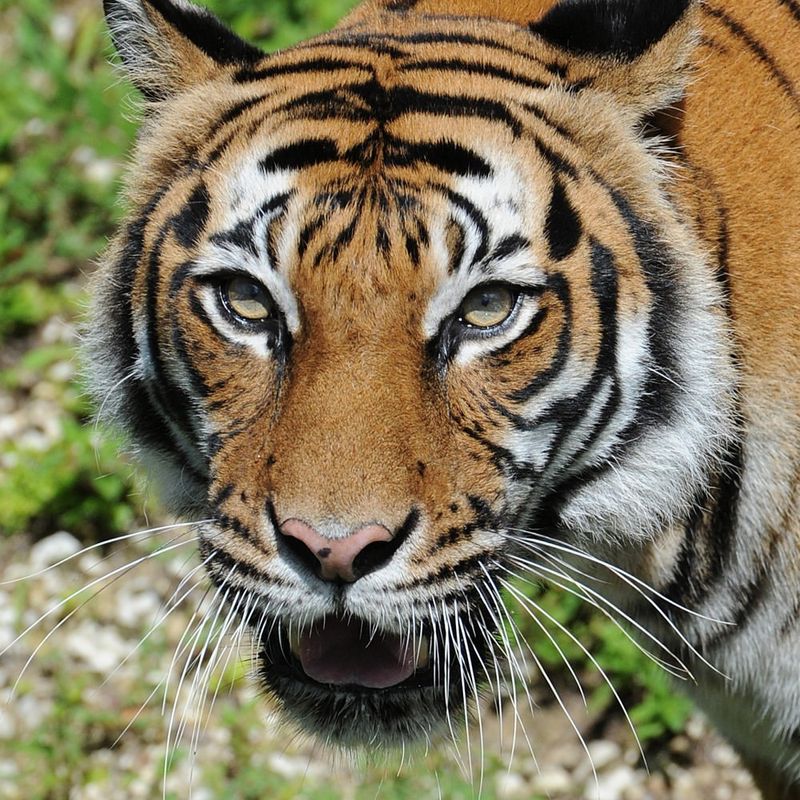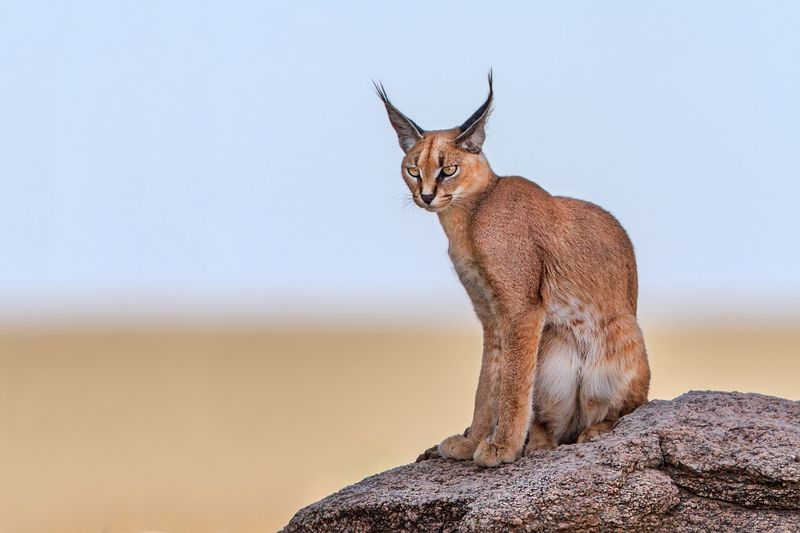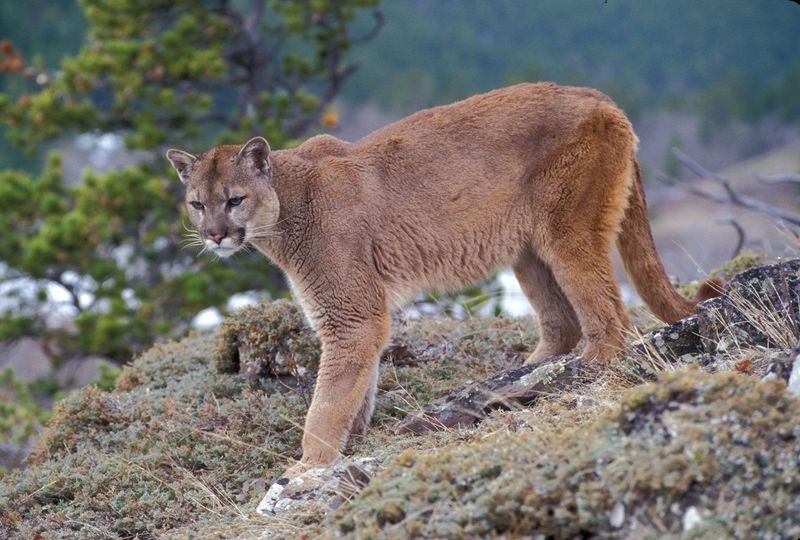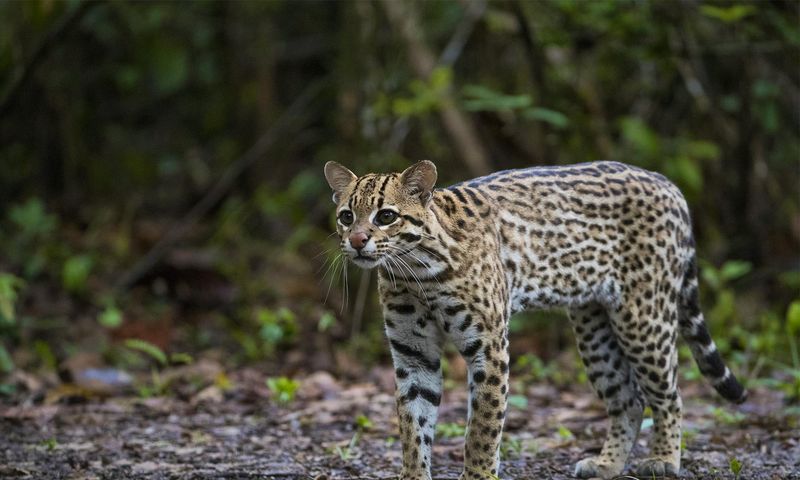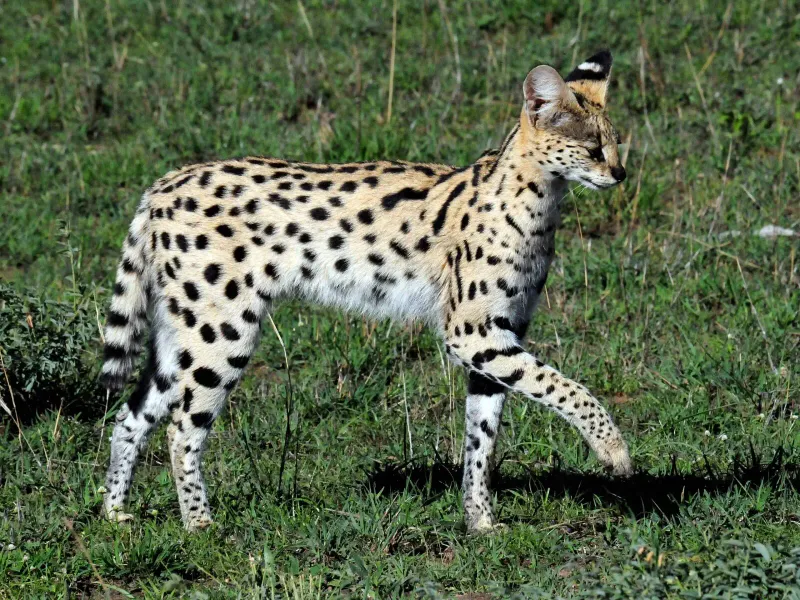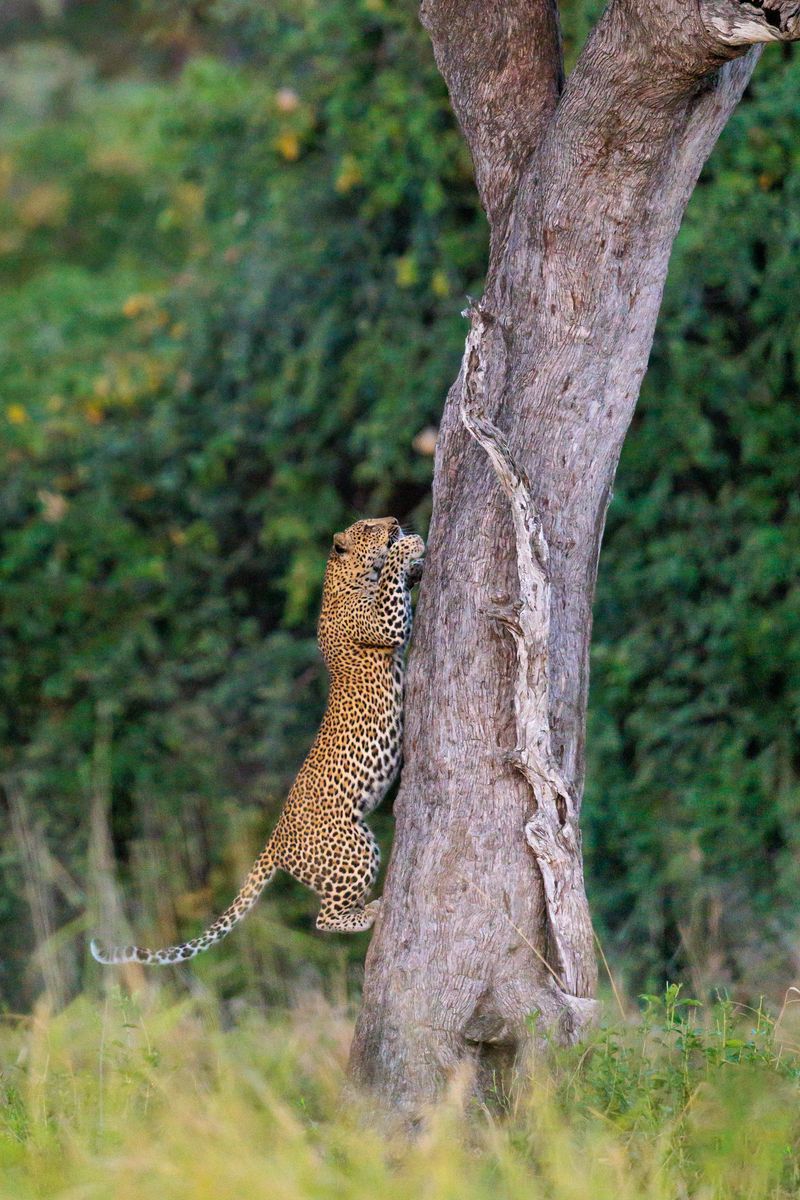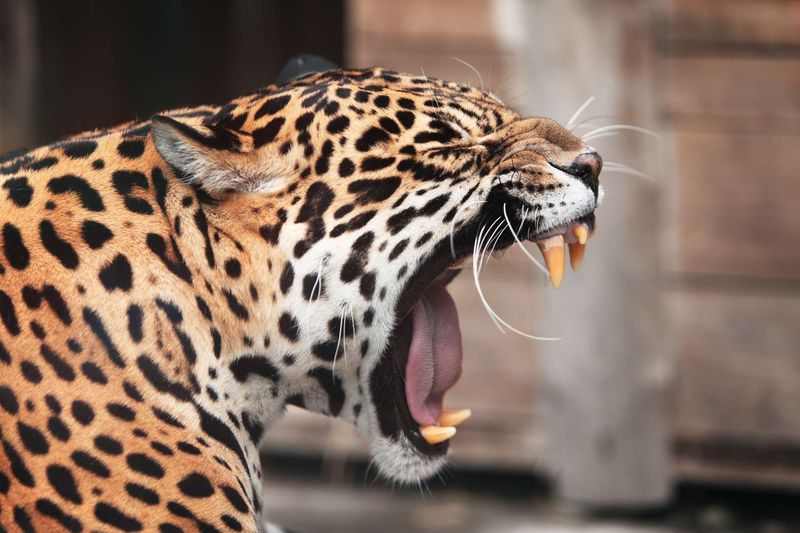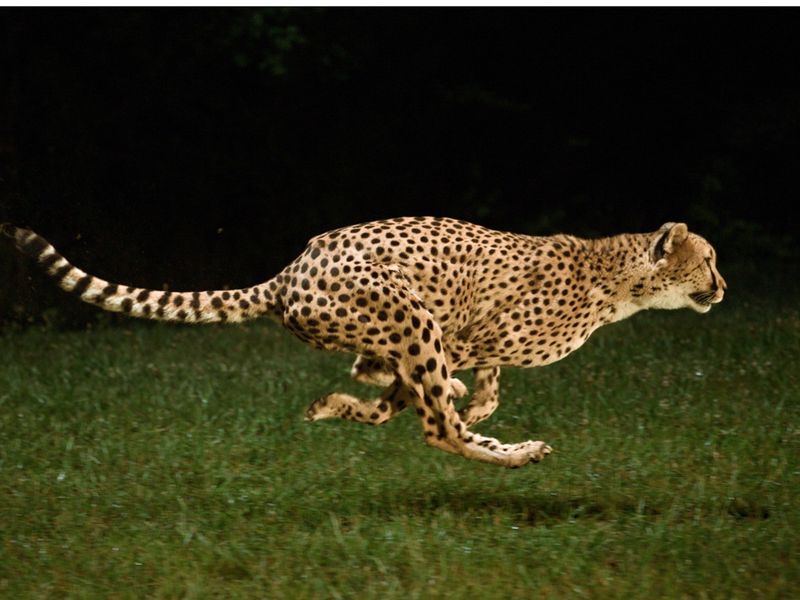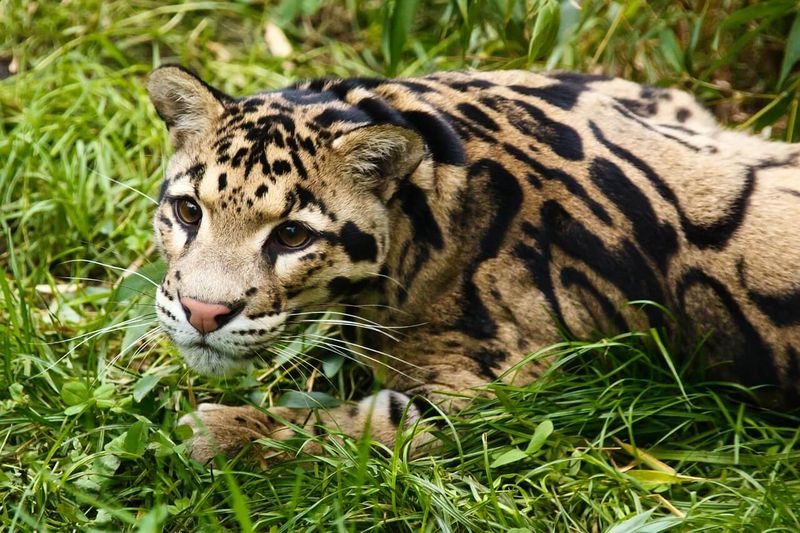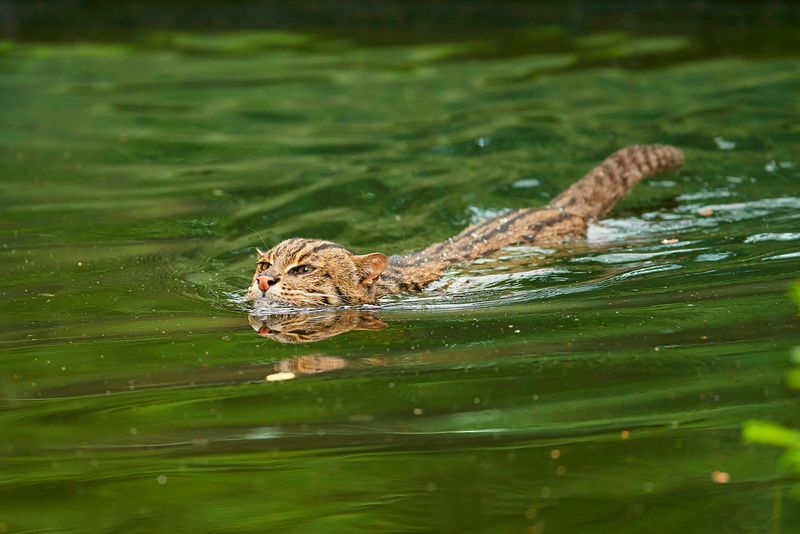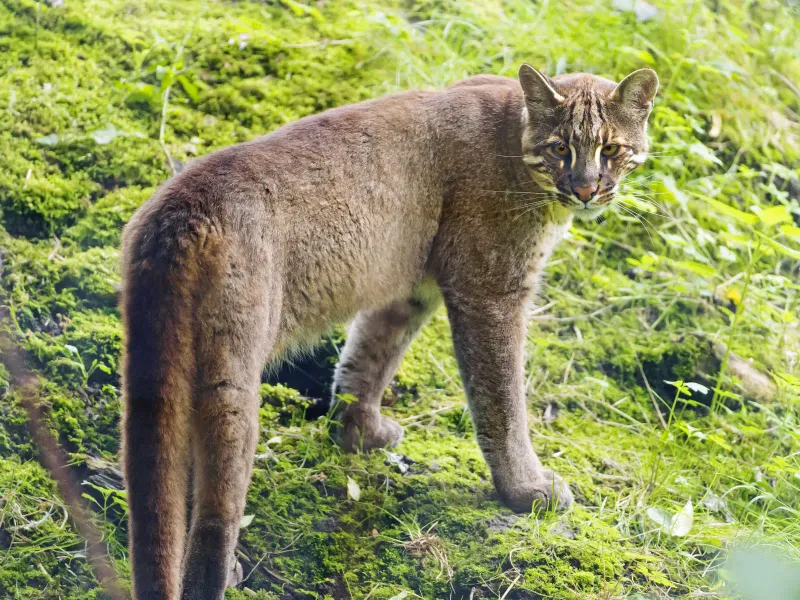📖 Table of Content:
- 1. Black Panthers are Not a Species
- 2. Snow Leopards are Masters of Stealth
- 3. Lynxes Have Tufted Ears
- 4. Lions Live in Prides
- 5. Cheetahs Can’t Roar
- 6. Tigers Have Unique Stripes
- 7. Caracals Can Leap High
- 8. Pumas Have a Wide Range
- 9. Ocelots are Nocturnal
- 10. Servals Have Long Legs
- 11. Leopards are Strong Climbers
- 12. Jaguars Have Powerful Jaws
- 13. Cheetahs Rely on Speed
- 14. Clouded Leopards Have Long Canines
- 15. Fishing Cats are Excellent Swimmers
- 16. Asian Golden Cats are Solitary
Wild cats are extraordinary creatures that inhabit a variety of ecosystems around the world. Their incredible adaptations and behaviors make them both mysterious and awe-inspiring. These animals have evolved in remarkable ways, allowing them to thrive in environments ranging from dense jungles to arid deserts.
From their stealthy hunting techniques to their unmatched agility, wild cats display an array of fascinating traits. Their physical abilities are nothing short of extraordinary, showcasing the perfect blend of power, grace, and precision. Every fact about these animals reveals something new and intriguing about their survival skills and natural instincts.
These wild felines have long captured human imagination, with their enigmatic presence and impressive feats. Whether it’s their ability to scale trees or their silent, calculated movements, they continue to amaze. Exploring the incredible world of wild cats brings to light the many ways these creatures have adapted to the challenges of the wild.
1. Black Panthers are Not a Species
While often spoken of as a distinct species, black panthers are actually not a separate species at all. They are leopards or jaguars with a genetic mutation known as melanism, which causes their fur to be black. This adaptation helps them blend into the dense forests they typically inhabit, providing an advantage in hunting.
Their dark coat is a result of excessive melanin production. The spots that leopards or jaguars are known for are still present, but they are hard to see against the dark fur. This intriguing fact about black panthers adds a layer of mystery to their existence.
2. Snow Leopards are Masters of Stealth
Snow leopards are elusive and masters of camouflage, perfectly blending into their rocky, snowy habitats. Their excellent stealth skills make them incredibly hard to spot, earning them the nickname ‘ghosts of the mountains’.
These cats have thick, pale fur with dark rosettes, which provides both warmth and concealment. Their long, thick tails aid in balance and protection against the cold. With fewer than 10,000 individuals left in the wild, their elusive nature helps in their survival, though conservation efforts are crucial to protect these beautiful creatures.
3. Lynxes Have Tufted Ears
The tufted ears of lynxes, which can grow as long as an inch, are a defining feature that aids in their keen hearing. These ear tufts contribute to the lynx’s striking and unmistakable appearance.
Living in dense woodland areas, these medium-sized cats are solitary and stealthy. Their ear tufts are not just for show; they play a significant role in helping the lynx detect prey in thick undergrowth. Additionally, the lynx’s large, padded paws act like snowshoes, allowing them to traverse snowy landscapes with ease.
4. Lions Live in Prides
Unlike most wild cats, lions live in social groups called prides. These prides typically include related females, their cubs, and a small number of adult males. The pride system is essential for their cooperative hunting and protection.
This social lifestyle offers advantages such as cooperative hunting and shared responsibility in raising young. The pride maintains a large territory, defended fiercely by its members. This social behavior distinguishes lions from other big cats, which are generally solitary. The pride dynamics offer a fascinating glimpse into the social lives of these majestic animals.
5. Cheetahs Can’t Roar
While lions and tigers are known for their mighty roars, cheetahs lack this ability. Instead, they rely on purrs, chirps, and growls to communicate. The reason for this difference lies in the unique structure of their vocal cords, which do not allow for roaring.
Having evolved for speed rather than power, cheetahs possess a lightweight frame and a flexible spine. Their inability to roar is compensated by their remarkable speed, making them the fastest land animals. This fascinating aspect of cheetahs sets them apart in the feline world.
6. Tigers Have Unique Stripes
Just like human fingerprints, no two tigers have the same pattern of stripes. These unique markings offer camouflage in the wild, aiding them in the stealthy pursuit of prey.
The distinctive patterns help identify individuals, aiding researchers in studying these magnificent creatures. The stripes extend to their skin, meaning if you were to shave a tiger, the stripe pattern would still be visible. This individuality in their appearance is not just for aesthetics but plays a crucial role in their survival strategies.
7. Caracals Can Leap High
Caracals are notable for their impressive leaping ability, capable of jumping up to 10 feet into the air to catch birds in flight. This ability is enhanced by their powerful hind legs and keen eyesight.
Their name is derived from the Turkish word ‘karakulak’, meaning ‘black ear’, referring to their distinctive black-tufted ears. These agile cats are found in Africa and the Middle East, thriving in a variety of habitats from savannas to forests. Their remarkable agility and hunting prowess make them skilled predators.
8. Pumas Have a Wide Range
Also known as mountain lions or cougars, pumas boast the largest range of any wild terrestrial mammal in the Western Hemisphere. They can be found from the Canadian Yukon to the southern Andes.
This adaptability to diverse environments is a testament to their survival skills. Despite their expansive range, pumas are solitary and elusive, rarely seen by humans. Their ability to thrive in various habitats underscores their resilience, but habitat destruction and human conflict pose ongoing challenges to their survival.
9. Ocelots are Nocturnal
Primarily active at night, ocelots hunt under the cover of darkness in South American forests. Their big, reflective eyes enhance their ability to see in low light, giving them an edge while hunting.
With a beautifully patterned coat that provides camouflage, ocelots are adept climbers and swimmers, skills that aid in their survival. Despite being solitary creatures, they communicate using a range of vocalizations. Unfortunately, their stunning coats have made them targets for illegal poaching, highlighting the need for conservation efforts to protect these enchanting wild cats.
10. Servals Have Long Legs
Servals are distinguished by their incredibly long legs, which are proportionately the longest of any cat. These long legs aid in walking through tall grass and provide a great advantage in seeing over vegetation.
Found in the African savannas, their unique physique allows them to leap up to 10 feet to catch prey. Their spotted coats offer effective camouflage against the African landscape. Servals’ remarkable physical adaptations make them exceptionally skilled hunters, able to catch birds, rodents, and insects with precision.
11. Leopards are Strong Climbers
With exceptional climbing abilities, leopards are able to carry prey heavier than themselves up trees, keeping it out of reach of scavengers. This combination of strength and agility lets them place carcasses high in the branches for a quiet, uninterrupted meal.
Their climbing skills are not only vital for survival but also for rest, as they often lounge in trees to avoid the heat. Leopards’ adaptability to various environments, from savannas to rainforests, showcases their versatility as one of the most adaptable big cats in the world.
12. Jaguars Have Powerful Jaws
Known for their incredibly powerful bite, jaguars can break through the skulls or shells of their prey. Their jaw strength, combined with a specialized killing technique that focuses on the skull, makes them formidable hunters.
Their incredible jaw power allows them to prey on a variety of animals, including caimans, capybaras, and even turtles. Jaguars’ remarkable hunting skills make them top predators in their rainforest habitats, emphasizing their critical role in maintaining ecological balance.
13. Cheetahs Rely on Speed
Renowned for their speed, cheetahs can reach up to 60-70 miles per hour. This remarkable speed is enabled by their long legs, flexible spine, and non-retractable claws that provide the grip required for acceleration.
Their speed is crucial for hunting, allowing them to sprint and catch prey with astonishing agility. However, this burst of speed can only be maintained for short distances. As daytime hunters, their distinctive black tear stripes reduce glare from the sun, aiding in spotting prey. Cheetahs’ extraordinary speed and specialized adaptations highlight their role as unique predators.
14. Clouded Leopards Have Long Canines
With unusually long canine teeth relative to their skull size, clouded leopards resemble the saber-toothed cats of the past. These impressive teeth are used to seize and overpower prey, allowing them to thrive in their forest habitats.
Despite their name, clouded leopards are not closely related to the true leopards. Their name comes from the cloud-like patterns on their coat, providing camouflage in forest shadows. These solitary animals are adept climbers, often hunting in the trees. Their unique dental and climbing abilities make them fascinating members of the wild cat family.
15. Fishing Cats are Excellent Swimmers
Fishing cats are superb swimmers, often hunting in and around water bodies. They have webbed feet, which help them maneuver through water with ease.
These medium-sized cats are found in wetlands and mangrove forests in Asia, where they prey on fish and other aquatic animals. Unlike most cats, fishing cats are comfortable in the water, showcasing their unique adaptation to their aquatic environments. Conservation efforts are critical for their survival, as habitat destruction threatens their existence. Their remarkable swimming skills highlight their niche role in ecosystems.
16. Asian Golden Cats are Solitary
Native to the dense forests of Southeast Asia, Asian golden cats are elusive and solitary. Their striking golden-brown coats provide exceptional camouflage, helping them remain hidden in the forest’s shadows.
These secretive cats have a varied diet, including birds, reptiles, and small mammals. As nocturnal hunters, they rely on stealth and surprise to capture prey. Despite their beautiful appearance, Asian golden cats are rarely seen in the wild, emphasizing the importance of protecting their habitats to ensure their continued survival. These solitary cats remain one of the lesser-known treasures of the wild cat world.
